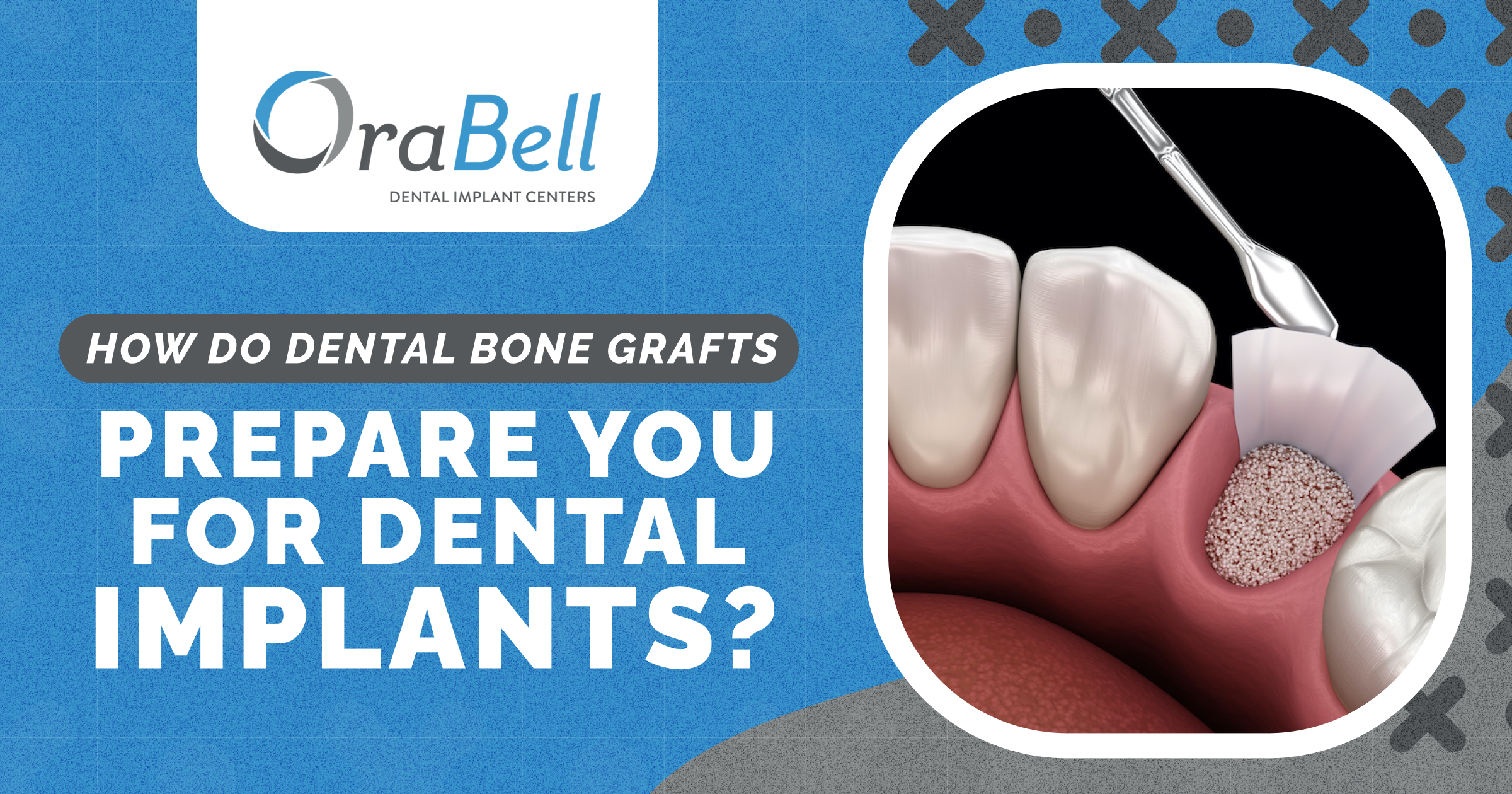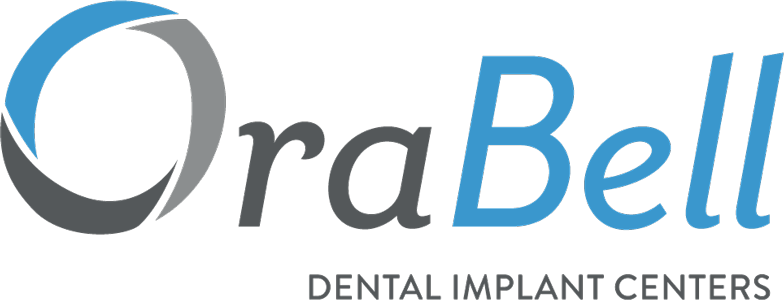
Bone loss can occur in the advanced stages of periodontal disease. What begins as an infection of the gums, or gingivitis, can progress to bone deterioration, causing teeth to fall out. Since dental implants work only if there’s enough bone to support them, your dentist may recommend a dental bone graft before your procedure.
How Do Dental Bone Grafts Work?
To add volume and density to the jaw, the bone graft material may be obtained from your body or another source. The oral surgeon, a periodontist, or a general dentist places the graft in the affected area. It then acts as a scaffold for the existing bone tissue to grow. Tissue regeneration may be aided by combining the graft with platelet-rich plasma from your blood.
Types of Dental Bone Grafts
A bone graft may be placed directly in the socket after tooth extraction to prevent it from caving in. If gum disease has caused bone erosion, a periodontal graft can be placed around an existing tooth to support and prevent it from falling out. However, if you’re planning to have dental implants, the following methods may be used:
- Ridge Augmentation: The bone graft increases the width and volume of the jawbone. Ridge augmentation is performed when the bone has thinned out due to long-term tooth loss. The graft allows for a stable foundation for implants.
- Sinus Lift: The maxillary sinuses can drop down when the upper back teeth are missing. Placing dental implants can result in penetrating the sinus membrane. An oral surgeon or periodontist can raise the sinus and place a dental bone graft underneath it to support dental implants later.
An autograft is bone tissue taken from one part of your mouth and implanted in another area. An allograft comes from a human donor, while a xenograft comes from a donor of a different species. If an alloplastic graft is used, synthetic material created in a lab is implanted to replace lost bone tissue.
Dental Bone Grafting Process
Depending on your case, your dentist may provide a bone graft and dental implant at the same time. However, this is rare. Usually, you must wait for the bone graft to heal completely. Recovery time varies from person to person. The process of receiving a dental bone graft is generally as follows:
- An oral examination and dental X-rays/scans help determine the extent of bone loss.
- Your dentist will explain the treatment options and create a personalized treatment plan.
- The area is numbed with a local anesthetic and a small incision is made.
- Gum tissue is moved back to expose the jawbone.
- The dentist cleans and disinfects the area.
- The bone grafting material is inserted and often covered with a membrane.
- The gum tissue is repositioned and the incision is closed with stitches.
What to Expect After the Procedure
Pain, swelling, and bruising are common after a dental bone graft. A pain reliever can help manage discomfort, which usually goes away in a few days. However, many patients report little or no pain from dental bone grafts. Small fragments of bone may emerge from the site after the procedure. Resembling grains of salt or sand, they’re usually not a cause for concern, but contact your dentist just to be sure.
When Will I Be Ready for Dental Implants?
A bone graft can take three to nine months or longer to heal. Recovery time depends on the type of graft, where it is placed, and your body’s ability to heal. However, you should be able to resume all regular activities the day after the procedure. Your dentist will monitor the progress of your healing. They will determine when the new bone tissue is strong enough to support an implant.
Schedule Your Consultation with OraBell Dental Implant Centers
During your free consultation at our Van Nuys dental clinic, Dr. Idan Snapir will assess your oral health and candidacy for dental implants. Our initial evaluation will also determine whether you need dental bone grafts or other restorations before your implant procedure. You’ll receive a full explanation of your treatment plan and a quote. Schedule an appointment by booking your consultation online or calling (818) 740-6113 today.
